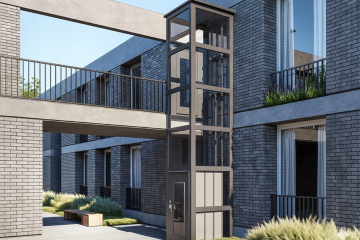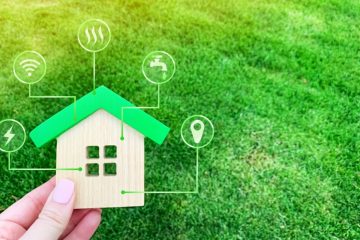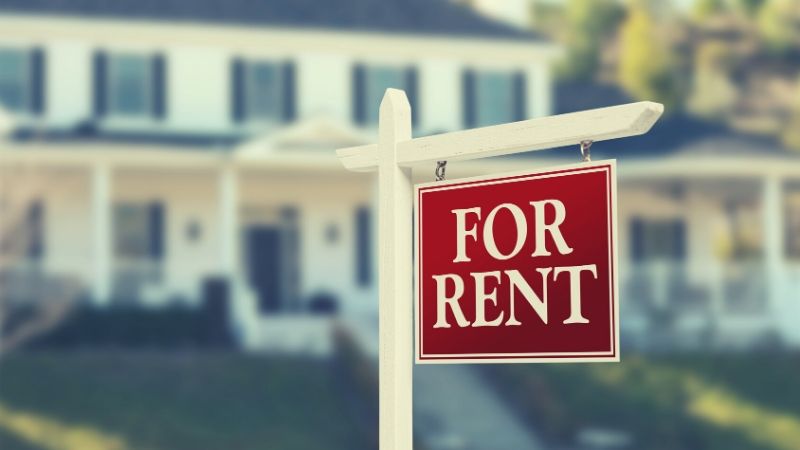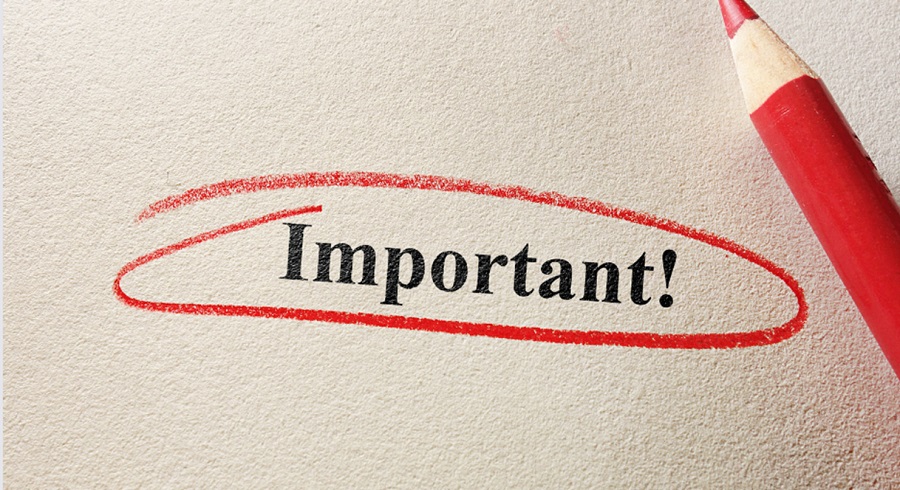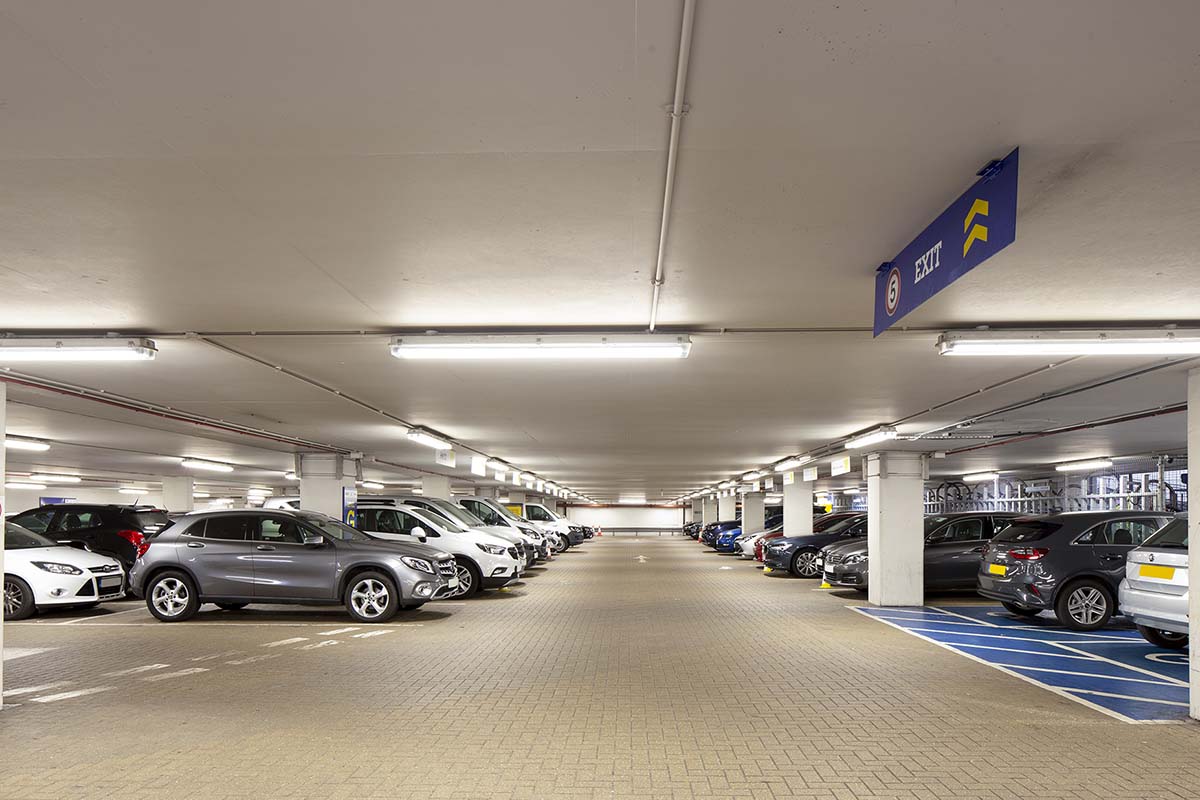Emergency Roof Repair: What to Do After a Storm
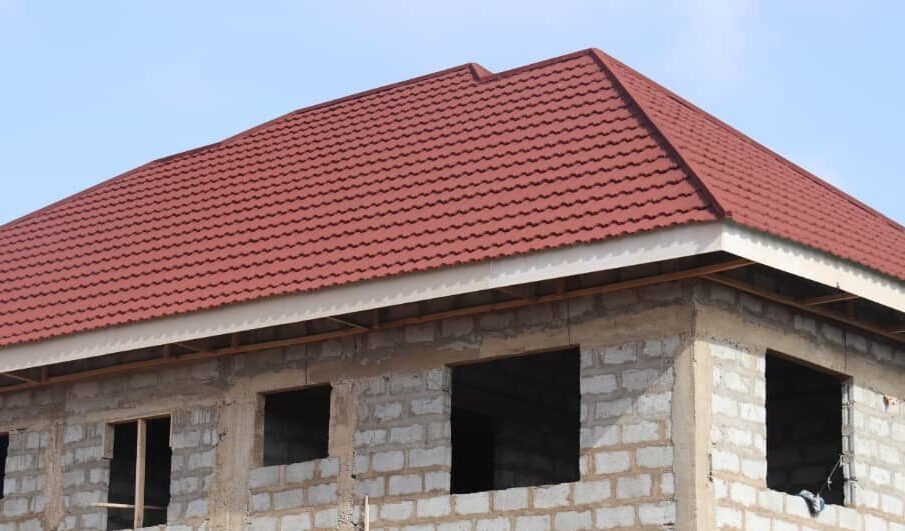
In the aftermath of severe weather, homeowners often find themselves confronting the sobering reality of roof damage. This critical component of one’s domicile, tasked with safeguarding inhabitants and possessions alike, can sustain significant harm during tempestuous events. The following discourse aims to elucidate the essential steps one must undertake in the wake of such meteorological onslaughts, ensuring the preservation of both property and personal well-being.
Immediate Actions After the Storm
In the immediate aftermath of a storm, one’s foremost concern must be the assurance of personal safety. It is imperative to await official declarations of safety before venturing outdoors. One must remain vigilant of potential hazards, such as compromised electrical infrastructure or structurally unsound edifices. The temptation to ascend a rain-slicked or damaged roof must be steadfastly resisted, as such actions could result in grave personal injury.
In Vancouver, where the climate can be particularly harsh during stormy seasons, it’s essential to understand the unique challenges faced by homeowners. The city’s frequent rainfall and occasional strong winds can significantly impact roof integrity, making timely inspections and repairs even more critical. Meticulous documentation of observed damage is paramount for subsequent interactions with insurance providers and Vancouver roofing contractors. One should endeavor to capture clear, comprehensive photographic evidence of all visible damage. Supplementing visual records with written observations regarding the location and extent of damage is highly advisable. If available, prior photographic evidence of the roof’s condition can provide valuable context for comparative purposes.
Upon confirmation of environmental safety, a preliminary evaluation of roof damage may commence. The prudent use of optical magnification devices allows for a detailed examination without the risks associated with physical ascension. One should direct their attention to evident signs of compromise, such as displaced roofing materials, exposed substructures, or visible perforations. The surrounding grounds should be scrutinized for debris, while drainage systems warrant inspection for potential obstruction or damage.
To mitigate further damage from precipitation or detritus, the implementation of temporary protective measures is judicious. The application of waterproof coverings, securely affixed to prevent displacement by wind, can shield compromised areas. Within the domicile, the strategic placement of receptacles to collect water ingress can prevent further interior damage. It is prudent to relocate valuable possessions from areas susceptible to water damage.
Contacting Professionals
Prompt communication with one’s insurance provider is of utmost importance following storm-related damage. One should initiate contact at the earliest opportunity to commence the claims process. A thorough review of policy coverage and associated financial responsibilities is essential. Inquiries regarding the specific procedural requirements for claims and any preferred service providers can facilitate a more efficient resolution.
While the allure of self-repair may be present, the engagement of professional roofing services is often indispensable for storm-related damage. One should undertake diligent research to identify reputable contractors with specific expertise in storm damage remediation. Verification of proper license, insurance coverage, and professional certifications is crucial. The procurement of multiple estimates allows for informed decision-making, while soliciting references and perusing client testimonials can provide valuable insights into a contractor’s reliability and workmanship.
Common Storm Damage
Meteorological events can inflict a diverse array of damage upon roofing systems. Wind forces may dislodge or completely remove roofing materials, compromising the structure’s weatherproofing capabilities. Hail impact can result in surface indentations or fractures, diminishing the roofing material’s efficacy and longevity. Water infiltration, if left unaddressed, may lead to structural decay and microbial proliferation. The impact of wind-borne debris presents an additional risk, potentially causing punctures or deformation of roofing components.
It is crucial to recognize that certain forms of storm damage may not be immediately apparent to the untrained eye. Structural integrity may be compromised without visible surface indications. Fastening elements may be loosened, and weatherproofing components around roof penetrations may sustain damage. Microscopic fissures in roofing materials, while not visually evident, can develop into significant issues over time. These latent concerns underscore the importance of professional assessment following severe weather events.
The Repair Process
-
Emergency Repairs
Immediate interventions may be necessary to prevent further damage to one’s property. Such measures may include the sealing of breaches in the roofing membrane, securing of loose roofing components, and addressing water ingress points. In some instances, reinforcement of compromised structural elements may be required to ensure the roof’s stability. These provisional repairs serve to safeguard the property until more comprehensive remediation can be undertaken.
-
Long-Term Solutions
Following the implementation of emergency measures, attention must turn to enduring solutions. This may entail the replacement of damaged roofing sections, consideration of more resilient roofing materials, enhancement of ventilation systems, and rectification of any underlying structural issues identified during the inspection process. The objective of these interventions is not merely to address current damage, but to enhance the roof’s resilience against future meteorological challenges.
-
Preventative Measures
To bolster one’s roof against future storm events, the adoption of preventative strategies is advisable. Regular maintenance of drainage systems ensures efficient water dispersal. The judicious trimming of overhanging vegetation reduces the risk of impact damage during high winds. Scheduling periodic professional inspections facilitates the early identification and resolution of potential issues. In regions prone to severe weather, the selection of impact-resistant roofing materials during future renovations can provide enhanced protection against environmental stressors.
Legal and Safety Considerations
Adherence to local regulatory requirements is essential to avoid potential legal complications. One should investigate the necessity for permits specific to roof repairs in their jurisdiction, as requirements may vary based on location and scope of work. Familiarization with applicable building codes and standards ensures compliance and quality assurance. Engagement with contractors well-versed in local regulations mitigates the risk of non-compliance and associated liabilities.
The safety of individuals engaged in roof repair activities is both an ethical imperative and a legal responsibility. Verification of contractor insurance coverage, including workers’ compensation provisions, is crucial. Ensuring the utilization of appropriate safety equipment and adherence to best practices in occupational safety is paramount. Consideration of weather conditions and their potential impact on worker safety may necessitate scheduling adjustments to prioritize well-being.
Long-Term Roof Maintenance
-
Regular Inspections
The implementation of a systematic inspection regimen is fundamental to preserving roof integrity. Conducting visual assessments from ground level on a seasonal basis allows for the identification of obvious deterioration or damage. Annual professional inspections, or examinations following severe weather events, facilitate the detection of latent issues not visible from ground level. These evaluations should encompass all aspects of the roofing system, identifying potential vulnerabilities before they escalate into significant problems.
-
Prompt Repairs
Addressing minor issues expeditiously is crucial in preventing the escalation of roofing issues. Swift replacement of damaged or missing roofing components maintains the roof’s protective integrity. Repair of flashing and sealing of gaps around roof penetrations preserves the water-resistant barrier. Any indications of water ingress or interior damage warrant immediate attention to prevent structural degradation and microbial growth.
-
Roof Longevity
Maximizing the serviceable life of one’s roof necessitates consistent care and proactive maintenance. Regular removal of debris prevents moisture retention and accelerated degradation of roofing materials. Ensuring proper attic ventilation mitigates the accumulation of heat and moisture, which can compromise roofing components from within. Consideration of protective coatings may extend the roof’s durability, particularly in harsh climatic conditions. As the roof approaches the end of its expected lifespan, judicious financial planning for eventual replacement alleviates the burden of sudden, significant expenses.
Summary
The management of roof damage in the wake of severe weather events presents a multifaceted challenge for property owners. By comprehending and implementing the steps delineated herein, from initial assessment through long-term maintenance, one can navigate this process with greater confidence and efficacy. The paramount importance of personal safety cannot be overstated, and the engagement of professional expertise should not be hesitated upon when circumstances warrant. Through diligent care and attention, one’s roof can continue to provide steadfast protection against the elements for years to come.

